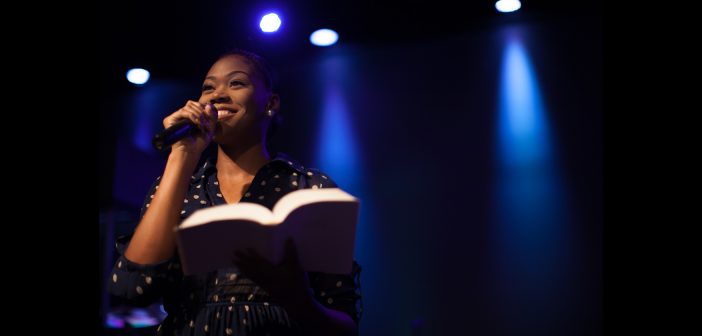Highlights of the 2016 Report
Decade-Long Modest but Steady Increase in Young Elders Continues
In 2005, the United Methodist Church reported the smallest percentage of under-35 elders ever. The 850 young elders that year represented 4.69 percent of active elders. Growth among young elders has been slow but relatively steady since 2005, about 14 per year. In 2016, there are 1,003 young elders that comprise 6.84 percent of the pool of active elders, the highest since the 1990s. The overall pool of active elders is now smaller by almost 3,500 elders since 2005.
Gender has been a major factor in the gains. Through 2015, all the increases in young elders since the low point in 2005 came from women. There were gains in young male elders in 2016 so that the figures now show gains for both men and women.
Fewer Middle Age Elders
Unfortunately, the modest gain in the presence of young elders was offset by a continuing substantive decline in the number and percentage of elders aged 35 to 54. This mid-age group continues to shrink, from 65 percent of all active elders in 2000 to 37 percent in 2016.
This has major implications for bishops and superintendents who traditionally looked to elders in this broad age spectrum to fill appointments that required some years of experience. Today, when cabinets look to this pool for appointments, there are over 6,500 fewer such clergy than in 2000.
Proportion of Older Clergy Continues to Grow
Elders between ages 55 and 72 comprise 56 percent of all active elders, the highest percentage in history. This group reached 50 percent for the first time ever in 2010. This age cohort represented only 30 percent of active elders as recently as 2000. The median age of elders remained at 56 in 2016, the highest in history. The average age remains at 53, a historic high, though unchanged for seven years. The mode age (the single age most represented) is 61, up from 60 last year.
Fewer Elders and Local Pastors
Elders and local pastors are appointed as pastors of congregations. Since at least the 1980s, there has been a major decline in the number of active elders while the number of local pastors increased dramatically. In 2016, there is a decline in both active elders and local pastors, though the elder decline is greater. The result is that since 1990, there are 6,842 fewer elders and 3,472 more local pastors. In 1990, there were over five elders for each local pastor; today there are two elders for each local pastor. In 2016, there are 14,665 elders and 7,408 local pastors.
Clergy Are Retiring Later
A new feature of this year’s report shows retirement age trends for United Methodist clergy in the U.S. Since 2000, there has been a fairly consistent increase in the age at which clergy retire. The average does not increase every year, but the trend is markedly upward. The average age at which United Methodist clergy retired in 2000 was just under 64. By 2015, the last full year of data, the average retirement age had increased to just over 66. The retirement ages for different types of clergy are similar but not the same. For example, in 2015, the retirement ages were: elders – 66, deacons – 67, full time local pastors – 68, and part time local pastors – 69.
![]() Download the 2016 Clergy Age Trends Report.
Download the 2016 Clergy Age Trends Report.
Previous Clergy Age Trends Reports
![]() 2015 | 2014 | 2013 | 2012 | 2011 | 2010 | 2009 | 2008 | 2007 | 2006
2015 | 2014 | 2013 | 2012 | 2011 | 2010 | 2009 | 2008 | 2007 | 2006
Historical Data 2006-2016
Excel format: Elders | Deacons | Local Pastors
Related Articles:
Deprecated: Function WP_Query was called with an argument that is deprecated since version 3.1.0!
caller_get_posts is deprecated. Use ignore_sticky_posts instead. in /home/sitemanager/public_html/wp-includes/functions.php on line 6085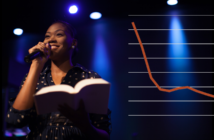
Number of Young Elders in the United Methodist Church Reaches a Record Low Number in 2023
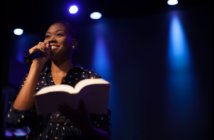
Clergy Age Trends in the United Methodist Church: 1985-2023
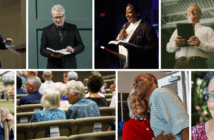
Does an Aging Population Explain High Clergy Ages?
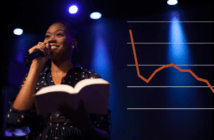
Still Fewer Young United Methodist Elders in 2022

Addressing the Root Causes of the Crisis of Younger Clergy


